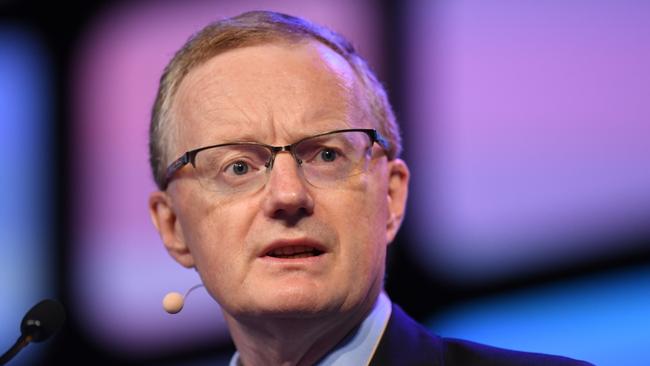Wage growth ‘evident’ but interest rates on hold, RBA says
The Reserve Bank governor has declared the wage rise drought over.

The Reserve Bank governor has declared the wage rise drought over in a speech highlighting how the differences between Australia’s regions are shrinking.
Speaking in Perth yesterday, Philip Lowe also said it was unlikely official interest rates would rise from their record low level of 1.5 per cent until inflation began to rise above 2 per cent and the unemployment rate fell further.
“Because the progress is expected to be only gradual, the Reserve Bank Board does not see a strong case for a near-term adjustment in monetary policy,” he said. Investors are expecting the Reserve Bank to lift interest rates once before the end of the year.
“The rate of wages growth has now troughed, with a pick up evident in the most recent quarter,” he said. “The most recent data show slightly stronger growth in wages in all states. This is a positive development,” Dr Lowe said.
The economy produced jobs in 2017 at the fastest rate since the mid-2000s, but wage growth continued to slide. The wage price index rose 2.1 per cent over the year to September (1.9 per cent for private sector wages).
Dr Lowe said the economies of Australia’s states and regions were becoming more similar, partly as a result of the growth of the service sector and the decline of manufacturing, which had tended to be concentrated in particular regions.
“The propensity of people to move interstate or within their state has declined,” the RBA governor said. Dr Lowe noted that the differences in unemployment rates across the states had fallen since the resource boom made Queensland and Western Australia the economic outliers.
“The industries we are working in and our occupations are becoming more alike across Australia, not more different,” he said.
The Reserve Bank expects economic growth to increase from 2.4 per cent for 2017 to about 3 per cent this year, unless the global economic upswing ended.
“A serious escalation of trade tensions would put the health of the global economy at risk and damage the Australian economy,” he said.
“We also have a lot riding on the Chinese authorities successfully managing the build-up of risk in their financial system.”
Some service industries remained geographically concentrated.
“The capital cities are home to over 80 per cent of all IT, business HR and marketing professionals, while only 65 per cent of people live in these cities,” he said.




To join the conversation, please log in. Don't have an account? Register
Join the conversation, you are commenting as Logout